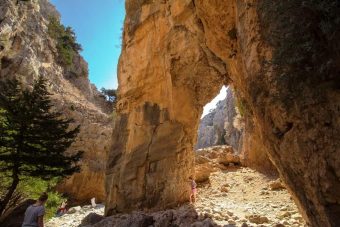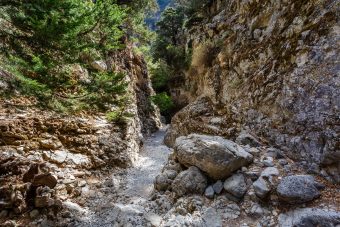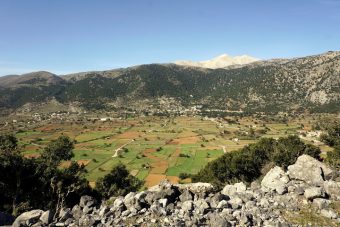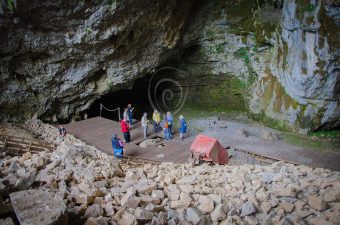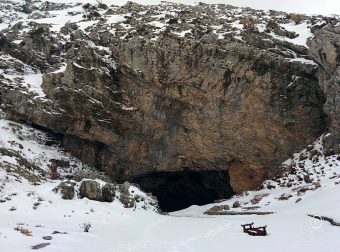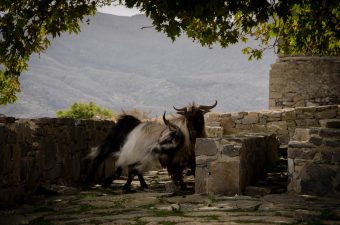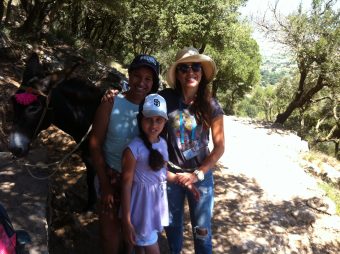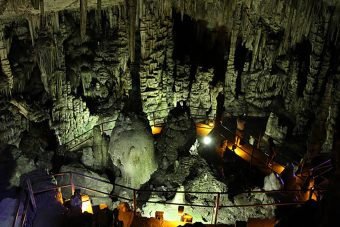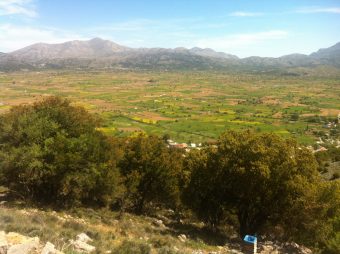Mountain Hopping in Crete
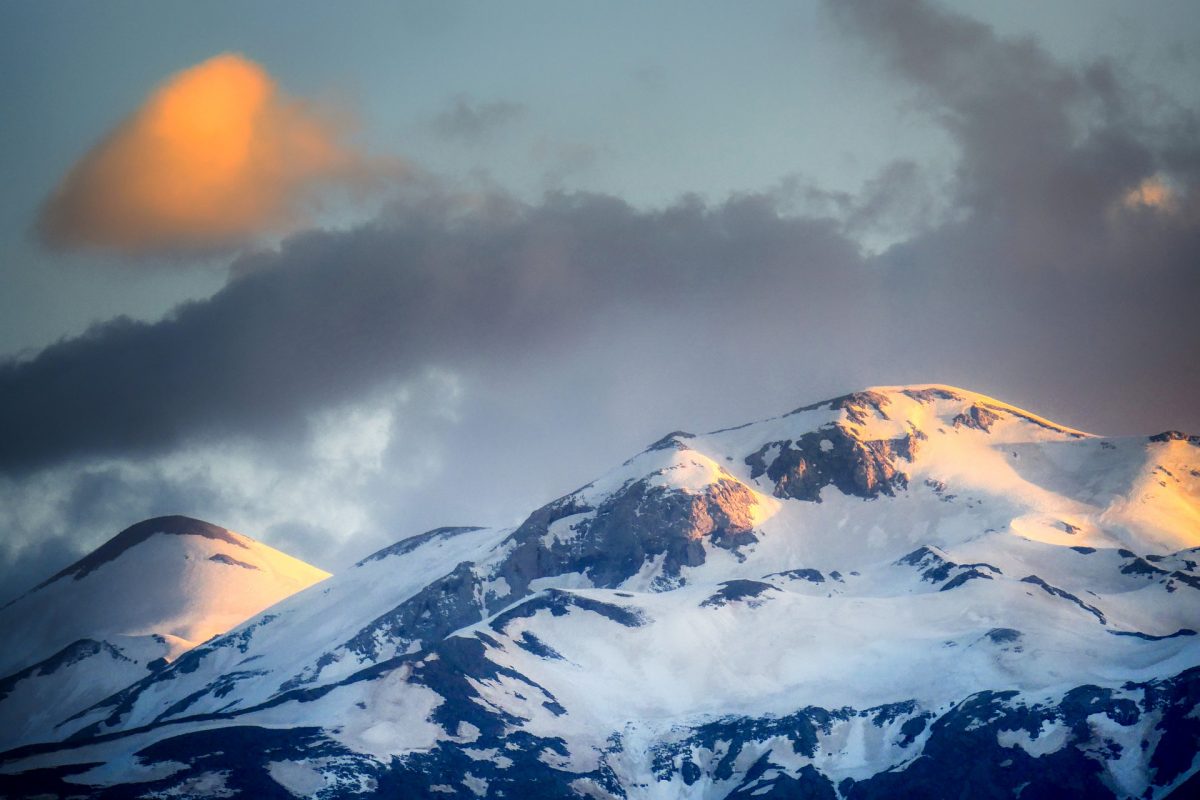
What is the winter alternative to island hopping? You probably guessed correctly, it is Mountain Hopping! In this article, we will present to you how to go mountain hopping in Crete and enjoy Crete’s best winter features. Plus, we will share with you our top experiences that take place in those mountains! Enjoy your mountain hopping in Crete!
Crete is a colorful puzzle of mythology, history, proud people, mountains, gorges, and the sea. The pieces of this puzzle compose a unique and magical scenery, an image that will come to life in front of you if you can and see them up close.
The mountains of Crete form a wide variety of geological formations, small basins, valleys, gorges, caves, and plateaus. The area covered by the mountains of Crete amounts to 52% of its total area, in contrast to the lowland areas, which cover only 3.6%. However, before we jump into the specific mountain ranges that we will take a closer look at, it is important to understand the geographical positions of the mountain ranges along with their highest mountain peaks.
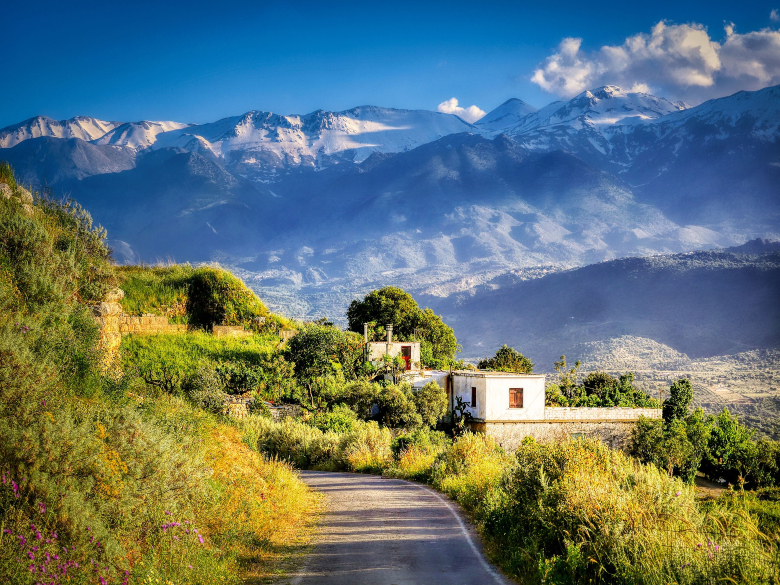
Firstly, the White Mountains are in the western part of Crete and the highest peak, Pachnes, is at 2,452 meters. Secondly, Ida occupies the center of the island and its highest peak, Timios Stavros, is at 2,456 meters. Thirdly, between Heraklion and Lassithi rises Dikti, with the highest peak being Entihi at 2,148 meters. Fourthly, at the eastern end of the island extends the Mountains of Sitia, with its highest peak, Afentis, at 1,475 meters. Finally, to the south of Heraklion lies the low mountain range Asterousia at 1,231 meters. Moreover, the mountains of Crete are mostly covered by forests. Notably, the forests of Rouvas, on Mount Ida, and the forest of Selakano, in Dikti are well preserved. But surely, the most beautiful forest of the island is the famous palm forest of Vai, where the palm trees reach the enchanting beach giving the tropical landscape a unique natural beauty.
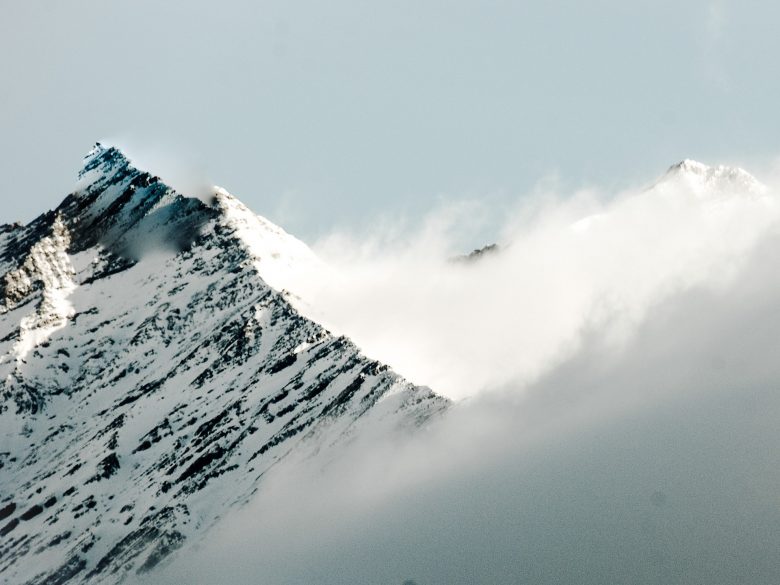
White Mountains
Starting from the western part and moving east we find, in the southern area of the prefecture of Chania, the White Mountains, with the highest peak Pachnes. They occupy an area 50 km long and 25 km wide and essentially the largest part of the prefecture of Chania. There are several routes and ways to approach them either from the south or from the north side. However, the crossing of the whole range is more interesting concerning the ascent of certain individual peaks. The time for crossing varies from season to season, however in any case several hours should be calculated. Finally, in the White Mountains and mainly on their southern side, we meet some of the largest gorges in Greece (Samaria, Imbros, Elygia Gorge, Klados, Tripiti) which are points of interest for nature lovers.
Chania Nature Experience – White Mountains Experience
The focal point of this outdoor experience is most definitely the hike at Imbros Gorge. There is nothing more rejuvenating than starting your day with a long hike out in nature. We do not want to startle you; it is 11 kilometers, and the hike is moderate up to three hours long. Therefore, you have nothing to worry about apart from taking in the beautiful nature. While admiring the unique flora that you will find along the way, you will notice that the gorge becomes narrower as you hike. Imbros gorge is not steep, nevertheless, it does become quite narrow offering the best shade! This experience hides plenty of other surprises, such as a lunch at a traditional village and a tour through the historic Askifou Plateau!
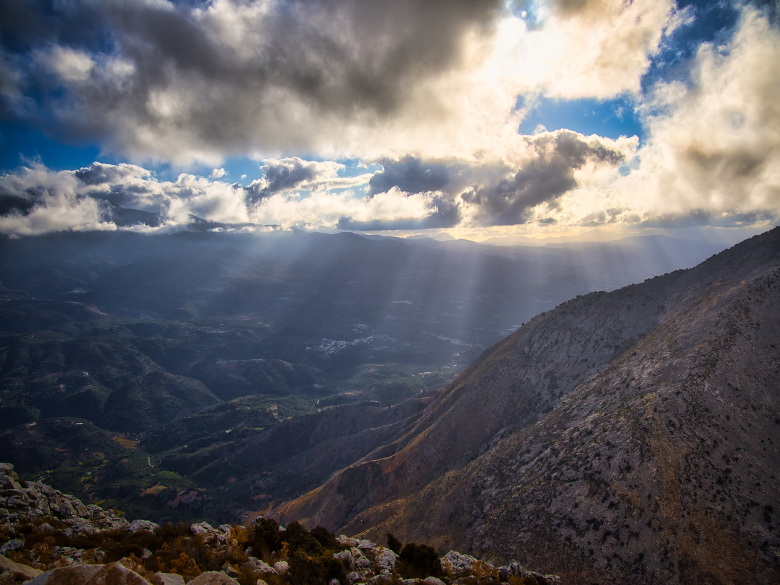
Ida or Psiloritis Mountains
The second-largest mountain range is Ida or Psiloritis, the highest mountain in Crete and one of the highest in Greece, with the highest peak Timios Stavros. The ancient name „Ida“ comes from the magnificent view from the top, from where large areas can be seen (you can almost see the entire island). In fact, the ancients said that this mountain has the privilege of seeing the sun before sunrise. The most accurate etymology of the word „Ida“ means forested mountain, forest, or grove. This suggests that in ancient times the forest cover and vegetation, in general, was much richer than we see today. The name Psiloritis is newer and is mentioned in the distribution document of Crete to the twelve noblemen in 1184 as „the high mountain“.
The southern slopes are steep and most of the area is karstified and includes gorges, hundreds of caves, and gulfs including the deepest in Greece (-475 m). West of Ida, on the borders of the provinces of Agios Vassilios and Amari in the prefecture of Rethymno, rises Mount Kerdos (1,777 meters) and south of Siderotas (1,136 meters). North of Idi is Mount Koukoulonas (1,083 meters), while in the southern coastal area of the prefecture of Heraklion, Mount Kofinas (1,231 meters) dominates the coast.

Kedros Mountains
Kedros is one of the highest mountains of Crete with a height of 1776 meters. It is located southwest of the mountain range of Psiloritis bordering the valley of Amari. Kedros consists of limestone rocks and has a conical shape. The landscape is characterized by gorges, rocks, and almost bare slopes. Moreover, the main form of vegetation consisting of shrubs and brushwood. At the foot of Kedros and an altitude of 400 to 600 meters are a series of small villages. These villages are collectively known as the villages of Kedros.
In the area grow endemic and rare varieties of plants such as tulips, anemones, orchids, hyacinths, etc. Due to the importance of its flora and fauna, Kedros is included in the pan-European network of Natura 2000 protected areas. It is a rough and bare mountain where you can find small areas of pines and wild locusts. The mountain is dominated by bushy and herbaceous vegetation which consists of spruce, thyme, dittany, marjoram, and other herbs.
Kofinas Mountains
In Kofinas you can find the endangered vulture Gypaetus Barbatus, which is also locally called „bones“ due to its habit of throwing the bones of dead animals from above, which it finds and feeds on their marrow. Other important predators found in the area are Vulture Gypus fulvius, Golden eagle Aquila chrysaetos, Hieraaetus fasciatus, and Falco peregrinus. The black falcon Falco eleonorae also appears in summer. In the mountain, you can find sparse settlements up to three hundred to four hundred people. The mountain has given its name to one of the municipalities located at its foot, the municipality of Kofina. The main occupations of the inhabitants living on Kofinas are agriculture, animal husbandry, and beekeeping.
The Mysteries of the Cretan Born Zeus – Ida Experience
Start your day exploring the typical Cretan village mountainous architecture. Spend the morning like a true Cretan, drinking Greek coffee at the central square of the village, and discussing current events. For the lovers of Folk Art, there are plenty of fun interactive workshops. Weaving, Mosaics making, Kneading or even Cretan Cooking Classes, to name a few. Your next stop will be the highlight of your experience! Your moderate 20-minute hike up to the sacred cave of Ida. Understand the rituals that go back thousands of years and immerse yourself in the energy of the land where the Minoans once worshipped the Minoan Goddess. Discuss the mysteries of the cave over lunch with your companions in a “mitato”, a stone-built Shepherd’s Hut on the top of the mountains, just like Greek philosophers. End your experience at a traditional mountainous village, where you will fully comprehend the authentic Cretan lifestyle!
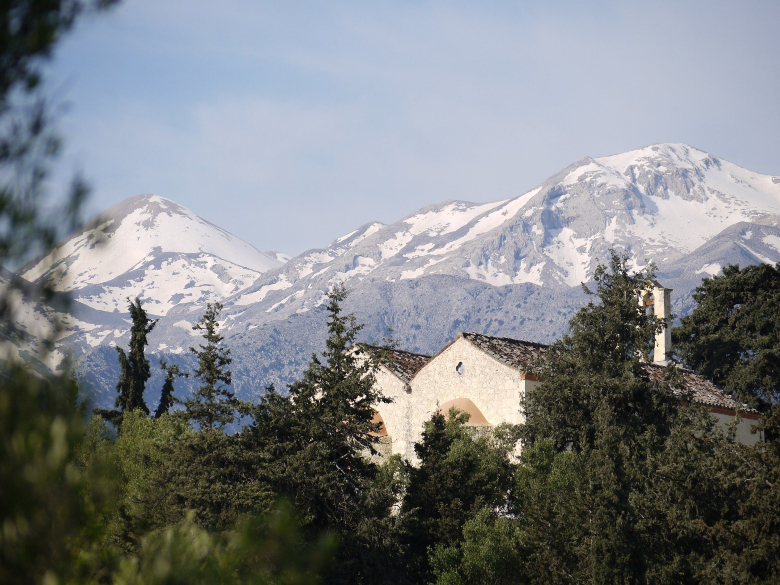
Dikti Mountains
The third-largest mountain range in Crete is Dikti. To the north of Dikti rises Mount Selena 1,559 meters. To the east the Mount Thriptis 1,476 meters and Mount Orno at 1,237 meters. Dikti mountains extend to the east of the island, forming the Lassithi Plateau. The average height is 866 meters which is the largest in all of Crete.
The area where Dikti is located is one of the most fertile areas of Crete. Additionally, it is of great ecological importance, as it is a habitat for birds of prey. In the southeast and mainly in the valley of Selakanos there are beautiful forests. The fertile plateaus and mountain valleys of Dikti produce a variety of agricultural products. A few of them are potatoes, vegetables, pears, apples, and walnuts. On the rocks and cliffs of Dikti, flourishes the Cretan dittany which has taken its name from Dikti.
The forests of Dikti have decreased dramatically compared to the period until the Turkish occupation. Back then the forests were dense and had numerous mountain goats. During the years of Occupation (1941-44) many forests were destroyed by the Germans because they were a protection for the resistance fighters.
Lassithi Plateau and Diktaion Andron – Dikti Experience
Visit one of the most impressive plateaus in Crete, the Lassithi plateau. Appreciate the breathtaking views while walking through the traditional settlements with their remarkable Byzantine churches. A little higher up, at an altitude of 900 meters, the Diktaion Andron will be there waiting for you to explore. This magnificent cave has a grand mythological significance. According to Homer, it was the birthplace of the father of all Gods, Zeus, hence the name “Cave of Zeus”. Reach the cave on a fun donkey ride avoiding the moderate 20-minute hike! After this truly remarkable experience, lunch at a local’s home in one of the Lassithi villages. This way you will end your day with an original Cretan experience!
To find out more about our mountainous experiences, contact us or create your own nature experience!

